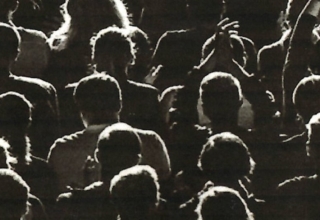
The need for critical thinking and educated awareness of what these technologies are capable of will become essential for any of us to truly believe what we see, hear and experience – a truly frightening scenario. Essentially, we will have to question all technology-based information we consume.
Susceptible, gullible individuals
Previously referenced research (Saifuddin. Navigating the maze) suggests that individuals with lower cognitive abilities are more likely to focus on and believe information that:
* Include a message that is threatening (our “fast” brains tend to focus on danger)
* Involve multiple elements (video images, text and voice intermixed)
* Requires effort to interpret, significant attention and cognitive effort
* Aligns with their in-group beliefs
These individuals will tend to ignore some aspects of the message and focus (limited cognitive resources) on only a few select aspects of the mediated message. In other words, people with limited cognitive abilities and critical thinking are more likely to quickly believe messages that are specifically targeted at susceptible people to influence their thinking, beliefs and actions.
Critical thinking skills
Ahmed, Saifuddin (2021) argues that since individuals have limited cognitive capacity, they seldom process all facets of a message and instead focus on only a few salient features to encode the information. Similarly, evaluations of credibility are judged based on only a few salient aspects. Nevertheless, some individuals may have higher cognitive abilities than others. Increasingly sophisticated media and mediated messaging designed to manipulate, require higher levels of cognitive ability and critical thinking to navigate. Navigating the maze: Deepfakes, cognitive ability, and social media news skepticism – Saifuddin Ahmed, 2021 (sagepub.com)
The first direct exposure of both of us to deepfake technology was a video of Barack Obama (Note, this is a YouTube video link that may include ads or other material – (898) You Won’t Believe What Obama Says In This Video! ?? – YouTube). At first viewing, we were both stunned and momentarily assumed it was real. Our “fast” thinking system was momentarily duped, but our “slow” cognitive capabilities kicked-in quickly.
We both began to critically explore the authenticity of the video to eventually learn that it was fake. But this took cognitive effort. Indeed, neither of us wanted to believe that it was true and invested the cognitive work needed to find out the truth. But what about individuals who want to believe this kind of information? What if this kind of misinformation aligns with their in-group beliefs? It is very likely that these individuals will not have any interest in investing cognitive effort (or simply alck the cognitive problem solving skills) to deeply consider these messages – the more real they are, the more believable they will be.
Download Article













